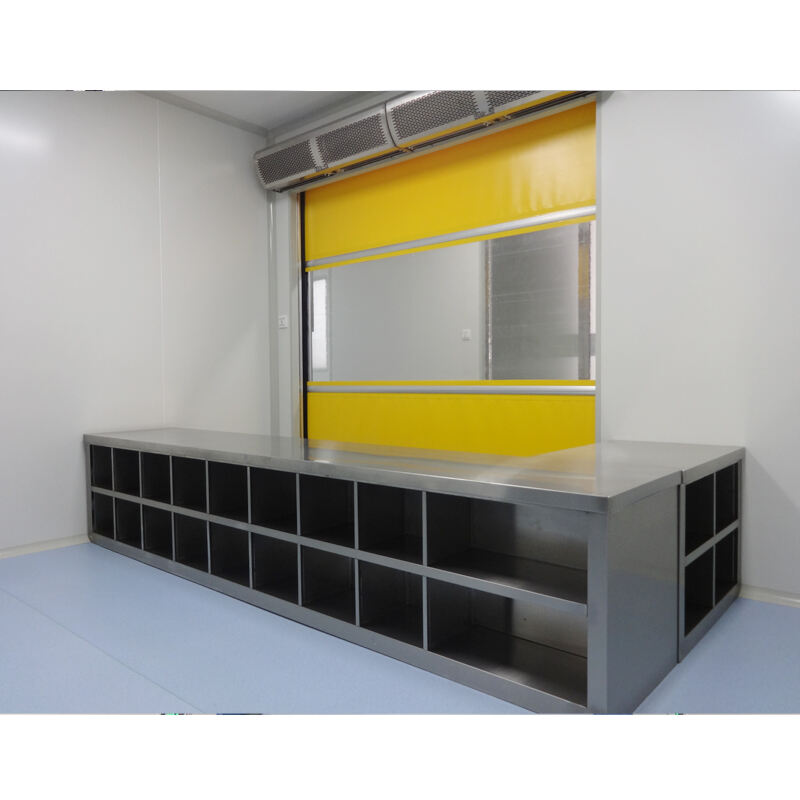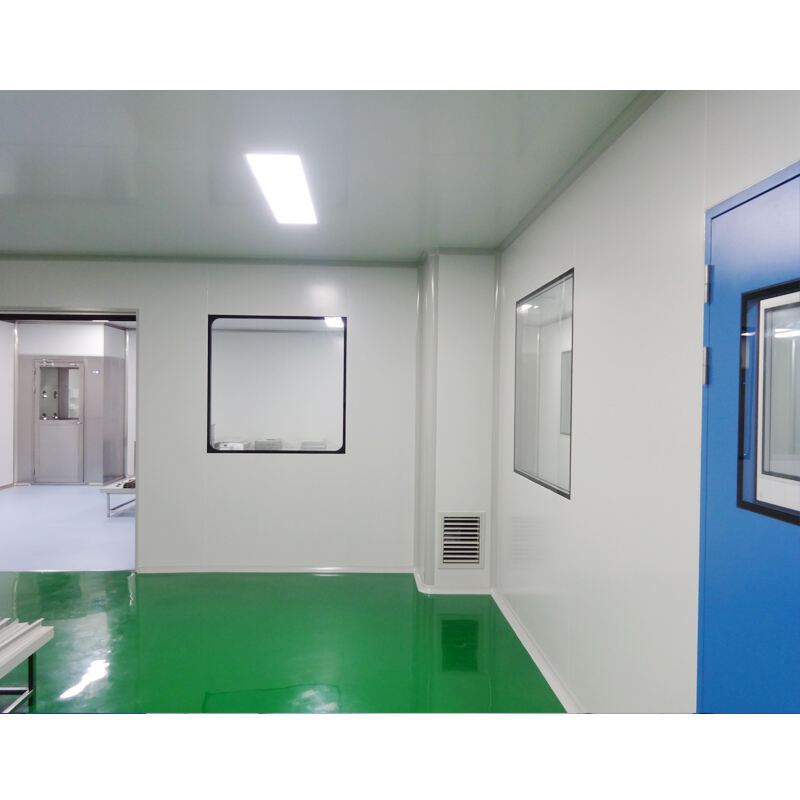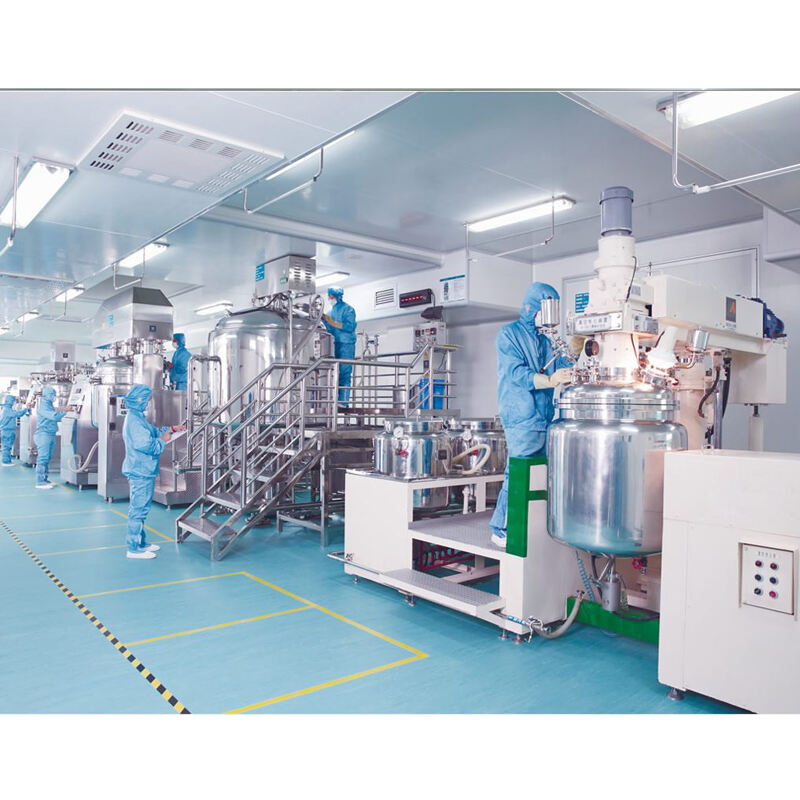flow cleanrooms
Flow cleanrooms represent a cutting-edge solution in controlled environment technology, designed to maintain exceptional air quality and cleanliness levels in critical manufacturing and research settings. These specialized facilities utilize advanced laminar airflow systems that create a consistent, uniform flow of filtered air across the workspace, effectively removing particulates and maintaining precise environmental conditions. The system operates by drawing air through High-Efficiency Particulate Air (HEPA) or Ultra-Low Particulate Air (ULPA) filters, which capture particles as small as 0.3 microns with 99.99% efficiency. This filtered air is then distributed throughout the room in a controlled pattern, typically moving from ceiling to floor, creating a protective envelope of clean air around sensitive processes. Flow cleanrooms are equipped with sophisticated monitoring systems that continuously track particle counts, air pressure, temperature, and humidity levels, ensuring optimal conditions are maintained at all times. These facilities find essential applications in semiconductor manufacturing, pharmaceutical production, medical device assembly, and biotechnology research, where even microscopic contamination can compromise product quality or research integrity.


